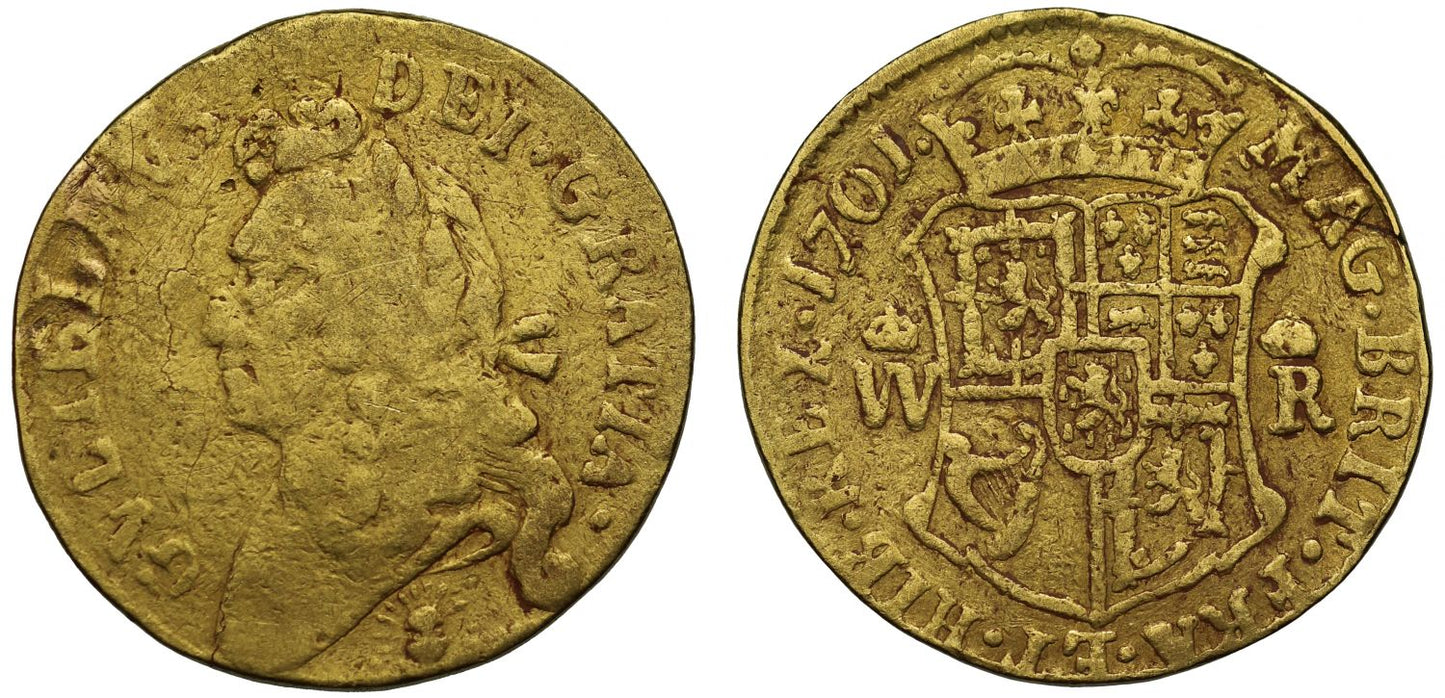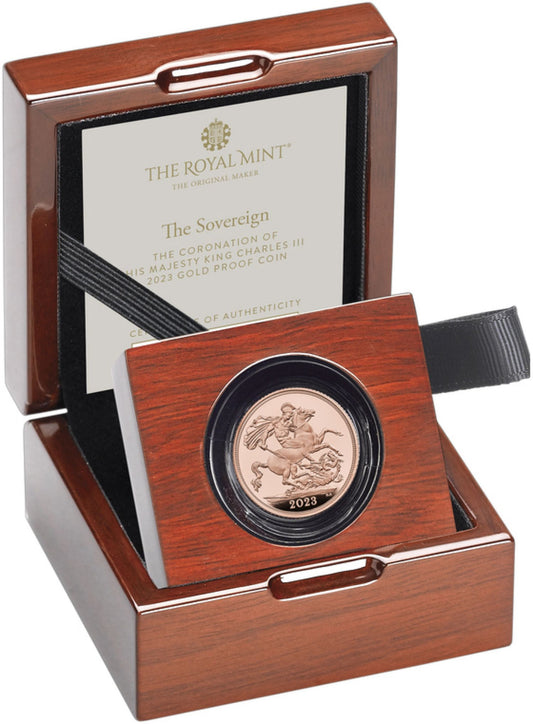FAQs
What makes a coin valuable?
I have coins to sell, what’s the next step?
How will my purchases be shipped?
What happens if I’m not entirely happy with my purchase?
Scotland, William II 1701 gold Half-Pistole, issued for Darien Company
William II of Scotland (1694-1702), gold Half-Pistole, 1701, issued by the Darien Company, Scottish value of £6, laureate head left, rising sun over a sea below, Latin legend and toothed border surrounding, GVLIELMVS DEI. GRATIA., rev. struck en medaille, crowned quartered shield of arms, crowned W to left, crowned R to right, Latin legend with date and toothed border surrounding, MAG BRIT. FRA. ET. HIB. REX. 1701. edge grained, weight 3.37g (Burns 2 fig. 1079; S.5677). Water worn with surface marks and scuffs, the main details clear including the Darien company sun badge below bust, fair to almost fine and extremely rare.
The Latin legends translate as on the obverse "William by the Grace of God," and abbreviated on the reverse as "King of Great Britain, France and Ireland. 1701"
The Darien Company was formed to found a New World Colony on the Panama Isthmus for Scotland. An excellent account of the doomed endeavour can be read in the "Darien Disaster" by John Prebble, though there is little mention of the coinage that was produced, perhaps a mute point after so many Scottish people had already lost their lives uprooting from their homeland to the Darien Gap. The coinage was made from gold dust imported by the Darien Company in trade with Africa, but ultimately the disaster nearly bankrupted Scotland and led directly towards the Union with England in 1707.
Recently published in 2020 however is "The Metal in Britain's Coins" by Dr Graham Birch where Chapter Six (p.83-92) is devoted to the history of the Darien issue and gives the fullest account possible. The gold that was used to strike these coins being the most profitable result of trade from a voyage along the African coast by the ship the African Merchant which returned to Leith in Scotland in July 1700. The Scottish Privy Council approved the rising sun badge for the use of the company on subsequent coinage on the 18th July 1700 and the company was to receive 10% of the profits from the coinage issue. The issue did not appear until 1701 as the principle of who was to pay for the preparation of the dies was not settled until funds were released after 6th January 1701. Actual coins are thought to have appeared from May of that year. The total minting of both Pistoles and the Half-Pistoles like we have offered here was produced from only 70 Troy pounds and six ounces of gold, enough for £45,000-50,000 Scottish pounds worth of the denominations which was only £3,800 worth English. A smaller proportion of the gold was saved to mint some medallions to award for valour in the defence against the Spanish on the voyage of the African Merchant. The Pistoles are very rare today, but the Half-Pistoles are extremely rare.
FAQs
What makes a coin valuable?
I have coins to sell, what’s the next step?
How will my purchases be shipped?
What happens if I’m not entirely happy with my purchase?













